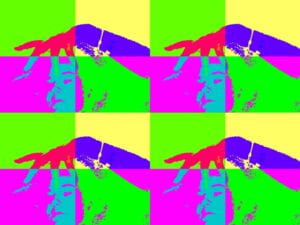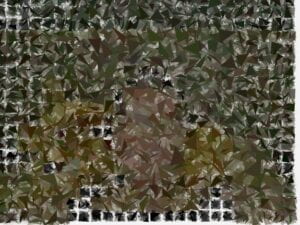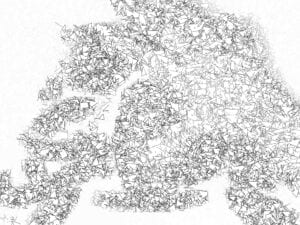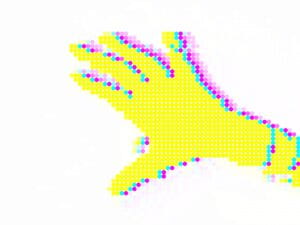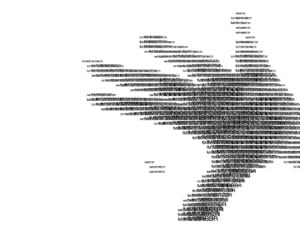- The text is from 2007. Almost 15 years on, describe your (updated) understanding of New Media Art in comparison to how the author defined it back then.
I believe that due to advent of numerous modern technologies the way New Media Art is created changed quite a bit. Even now, when looking through some of the works I have noticed that I really did not want to read Times New Roman text that lacks structure and is styled in a weird way. But then I realized that it was the way everything on the Web looked back then, including the art pieces. However, I believe that such themes as surveillance, fake internet identities as well as the exploration of the digital footprint left by almost all of us is still quite popular, if not pressing, in the modern age. As author looks at it, New Media Art is art that explores the relationship between traditional forms (of visual art particularly) and emerging technologies. Some artists started using the Web and other technological tools to create art instead of just utilizing them in a utilitarian way.
To be honest, I am not sure if that could be as effective right now. I very much understand the idea behind this quite interesting technology-art relationship back then, however right now I don’t think in the modern age, when literally anyone with a computer and an internet could learn the basics of creating websites and coding, the execution of ideas mentioned in this book would be as effective as it was back then. I believe we live in a such weird time when everyone is at the same time so connected and disconnected, which makes it a bit hard to surprise people with the browser-based artwork.
- How do you think the conception of what New Media Art is or can be has changed since the text was published. Think of new technologies, apps, dominant themes, and media that have come to be dominant in our lives after the text was published.
Again, I believe that as the technology evolves, artists are going to find more and more ways to express their ideas. I believe that also the concept-based art is going to be the dominant force, rising poignant and important issues of our current lives.
__________________________________________________________
The first Net Artwork I would choose is “Mouchette.org” (1997) https://mouchette.org/
It is an interactive website that is presented as a web page belonging to a “nearly 13” girl. But as you go on to interact with the website such themes as sex, violence, death and identity manipulation arise and in the end it kind of becomes clear that it is not created and led by a 13-year-old. Or is it?
The artist was revealed much later, it turned out to be Martine Neddam. Since Mouchette.org she has created two more fake identities, one of which is David Still (you can use the website to send an email to someone using his identity https://davidstill.org/). I didn’t find much information on the artist herself, but I think that might be intentional.
I absolutely LOVE how her works contribute to this internet identity discussion as well as, specifically in Mouchette.org case it also touches upon how unsafe and surprising the Web can be. I also really like how the website designs reflect the ideas that she talks about (e.g. flies). But yeah, I believe that it is an excellent example of deploying emerging technologies to provide commentary on a certain issue/debate.
__________________________________________________________
The second artwork I decided to choose is Olya Lialina’s Online Newspapers (2004) http://art.teleportacia.org/exhibition/online_newspapers/
It is a webpage that features various newspapers from around the world, interspersed with GIFs. There are five different newspapers from different parts of the world including Germany, USA, etc.
This artist caught my as as she was mentioned in the book because she is also Russian. Moreover, she was a part of the net.art movement. Her most prominent work is listed to be My Boyfriend Came Back from the War, which is mentioned in the text. But as I looked through her portfolio, the Online Newspaper work caught my eye in a but different way.
I really like how this work explores the boundary between seriousness of the newspaper medium as well as fun GIFs. I believe it also really fits into the context of that time as GIFs were almost like todays meme stickers: everyone was using them all. the. time. And it was fun! So, why not? Also, I might be reading too much into this, but I also see a certain mockery on the media in this work. Specifically, I believe that it almost makes the viewer realize that the only thing that they actually look at are the GIFs, not the text, which is quite interesting to think about and reflect upon.
